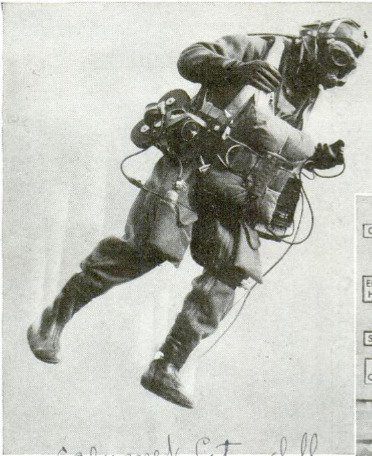Radio Reports Chutist's Pulse in Six-Mile Fall
Contenuto
- Titolo
- Radio Reports Chutist's Pulse in Six-Mile Fall
- Article Title and/or Image Caption
- Radio Reports Chutist's Pulse in Six-Mile Fall
- Lingua
- eng
- Copertura temporale
- World War II
- Data di rilascio
- 1942-01
- pagine
- 6-7
- Diritti
- Public Domain (Google digitized)
- Sorgente
- Google books
- Referenzia
- Chicago
- Archived by
- Enrico Saonara
- Alberto Bordignon (Supervisor)


